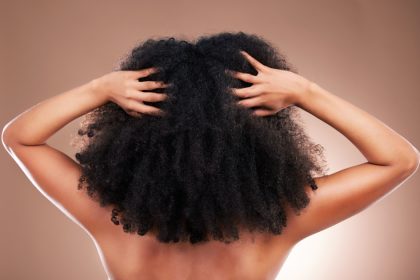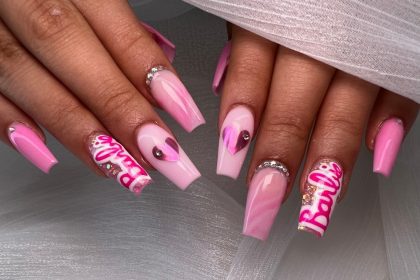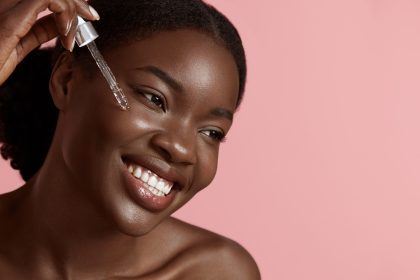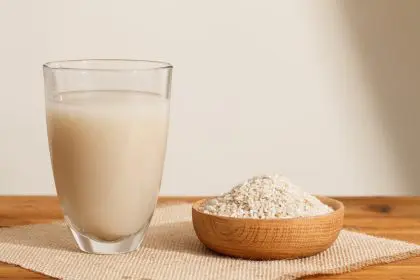Women across America are unknowingly damaging their hair through seemingly harmless daily routines. While genetics and medical conditions often take the blame for thinning locks, dermatologists and trichologists increasingly point to preventable lifestyle factors as major contributors to hair loss.
Recent studies indicate that up to 40% of women experience noticeable hair thinning by age 40, with many cases linked to modifiable behaviors rather than unavoidable biological factors. Understanding these hidden threats can help women protect their hair before irreversible damage occurs.
Heat styling wreaks invisible havoc
The pursuit of perfect hair often involves daily exposure to temperatures exceeding 400 degrees Fahrenheit. This repeated thermal assault breaks down the protein bonds that give hair its strength and elasticity.
The protein breakdown process When hair cuticles are subjected to extreme heat, they lift and separate, creating microscopic tears that accumulate over time. Each styling session compounds the damage, eventually leading to brittle strands that snap easily.
Hair professionals recommend limiting heat styling to twice weekly and never exceeding 300 degrees on styling tools. Heat protectant sprays can reduce damage by up to 50% when applied to damp hair before styling.
Tension-based styling creates permanent damage
Tight ponytails, braids and buns may look polished, but they place constant stress on hair follicles. This mechanical tension can trigger traction alopecia, a condition where repeated pulling causes permanent hair loss around the hairline and crown.
Extension overuse amplifies the problem Hair extensions, while popular for adding volume and length, can accelerate traction alopecia when worn continuously. The additional weight strains the scalp, particularly around attachment points where natural hair is already under stress.
Rotating hairstyles every few days and choosing loose, low-tension options can prevent this form of hair loss. When extensions are necessary, limit wear to special occasions and choose clip-in varieties over permanent installations.
Chemical processing strips natural protection
The quest for dramatic color changes or texture modifications often involves harsh chemicals that fundamentally alter hair structure. Bleaching agents, relaxers and permanent dyes penetrate the hair shaft, removing natural oils and proteins that maintain strand integrity.
Timing matters in chemical treatments Processing hair more frequently than every eight weeks prevents adequate recovery time between treatments. The cumulative effect weakens hair at the molecular level, making it prone to breakage and creating an environment where new growth struggles to thrive.
Professional colorists recommend spacing chemical treatments at least 10 weeks apart and incorporating protein treatments between sessions to rebuild damaged hair structure.
Nutritional deficiencies starve hair follicles
Crash diets and restrictive eating patterns can trigger sudden hair loss within two to three months. Hair follicles are among the most metabolically active cells in the body, requiring consistent nutrition to maintain healthy growth cycles.
Critical nutrients for hair health Iron deficiency affects up to 30% of women and directly correlates with hair thinning. Protein intake below recommended levels forces the body to divert amino acids away from hair production to more essential functions.
Biotin, zinc and omega-3 fatty acids support keratin production and scalp health. Women following restrictive diets should monitor these nutrients through blood tests and consider supplementation when deficiencies are identified.
Chronic stress disrupts growth cycles
Modern life’s relentless pace creates a physiological environment hostile to hair growth. Elevated cortisol levels push hair follicles into premature resting phases, reducing the number of actively growing strands.
The stress-hair connection Telogen effluvium, stress-induced hair loss, typically manifests three months after a stressful event or period. While this condition is usually temporary, chronic stress can create ongoing hair thinning that persists until stress levels are managed.
Stress management techniques including regular exercise, adequate sleep and mindfulness practices can restore normal hair growth patterns within six months of implementation.
Environmental factors accelerate damage
Daily exposure to pollution, UV radiation and harsh weather conditions creates oxidative stress that degrades hair quality over time. City-dwelling women face particular challenges from airborne pollutants that coat hair strands and clog follicles.
Protection strategies Wearing hats or scarves in direct sunlight prevents UV damage that can fade color and weaken hair structure. Regular clarifying treatments remove environmental buildup that can impede healthy growth.
When to seek professional help
While lifestyle modifications can address many hair loss causes, persistent thinning despite behavioral changes warrants medical evaluation. Thyroid disorders, hormonal imbalances and autoimmune conditions can manifest as hair loss before other symptoms appear.
Dermatologists recommend seeking evaluation when hair loss exceeds 100 strands daily for more than six weeks or when bald patches develop suddenly. Early intervention often prevents progression and may restore some lost hair.
Taking control of hair health requires awareness of these hidden threats and commitment to protective practices. With proper care and attention, women can preserve their natural hair and prevent many common causes of premature thinning.















